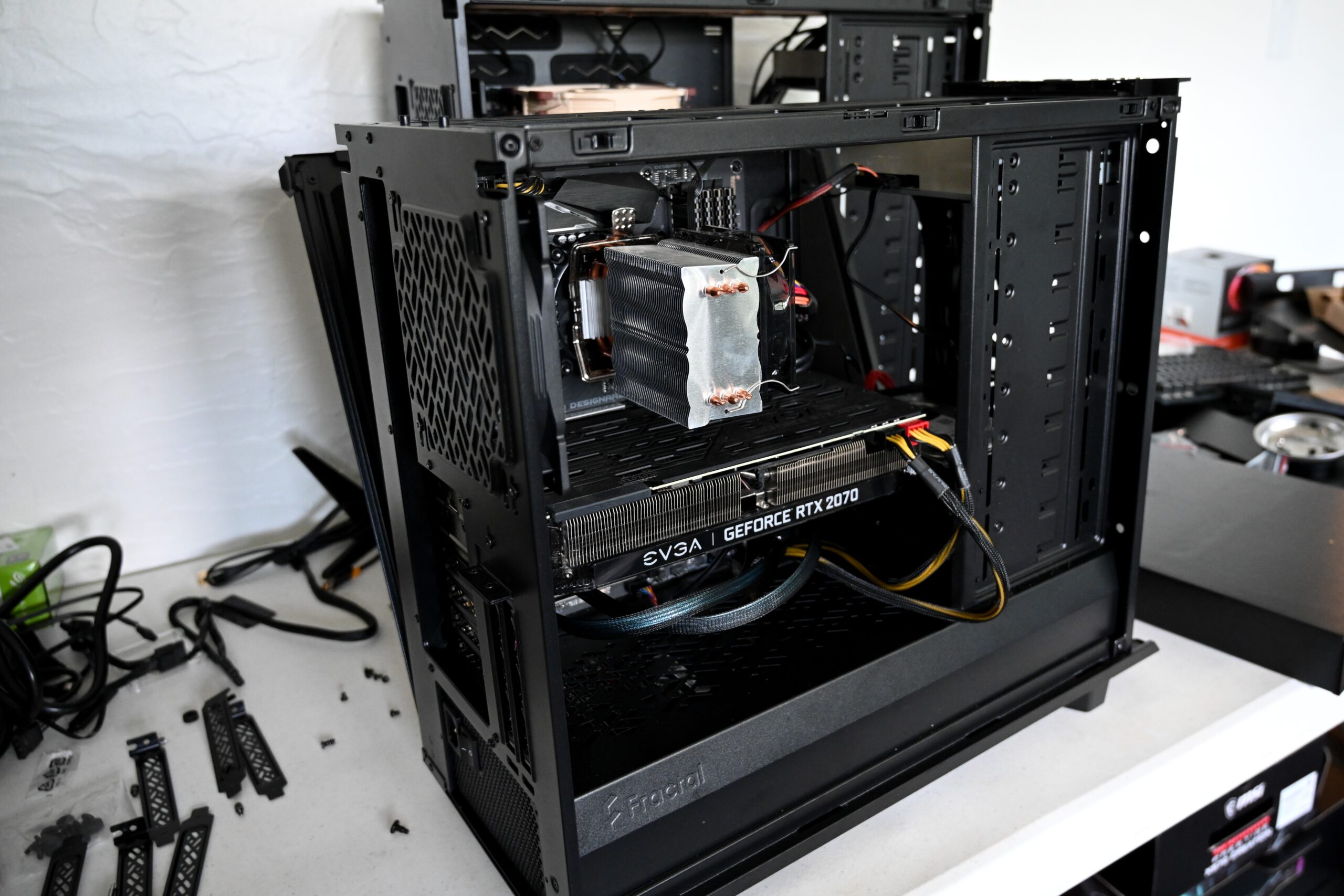
Are you curious about the life cycle of a computer? Have you ever wondered how long a computer can last, whether it needs to be regularly repaired or maintained and what happens when it reaches retirement age? Knowing the different stages in the life cycle of your computer is an important part of being a savvy tech user. Let’s explore the different steps in a computer’s life cycle so that you can learn more about how computers are made, and what their impact on our environment is.
Exploring the Different Stages of a Computer’s Lifespan
Computers have become a ubiquitous part of modern life, and as such, it’s important to understand the different stages of their lifespan. Starting with the design and manufacturing process, where computer components are carefully selected and put together to create a functioning machine, every stage is crucial to the longevity of the computer’s life. Once the computer is purchased, it enters the user stage, where it is actively used and maintained to ensure it runs smoothly. Eventually, the computer reaches the end of its lifespan and is either disposed of or recycled. Understanding these stages can help users make informed decisions when purchasing and maintaining their devices, ultimately prolonging their computer’s life and reducing electronic waste.
The Birth of a Computer – Manufacturing and Design
The manufacturing and design of a computer is a fascinating and complex process that involves multiple stages. From the initial concept to the final product, teams of engineers and designers work together to bring the machine to life. The birth of a computer begins with the design phase, where teams carefully create the blueprint for the machine, considering every detail from the size and shape to the placement of internal components. Once the design is finalised, the manufacturing process begins, where teams work tirelessly to assemble each component with precision and accuracy. Finally, testing is conducted to ensure the computer meets the highest standards of quality and functionality. Without this meticulous process, the computers we use today wouldn’t exist.
Purchasing and Setup – Choosing the Right Model for Your Needs
When it comes to purchasing and setting up electronic equipment, choosing the right model for your needs can make all the difference. With so many options on the market, it can be overwhelming to determine which one fits your specific requirements. Whether you need a product for personal or professional use, it’s important to consider factors such as budget, size, and features before making a final decision. By doing your research and analysing your needs, you’ll be able to make an informed purchase that meets your expectations and helps you achieve your goals. From laptops to printers to smartphones, there’s a device out there that’s perfect for you – all you have to do is find it!
Usage – How to Maximise Your Device’s Performance
When it comes to maximising your device’s performance, there are a few things to keep in mind. First, make sure to keep your device up to date with the latest software updates. These updates often include performance improvements and bug fixes, so it’s important to stay current. Second, consider clearing out any unused apps or files to free up space on your device. This can help improve overall speed and performance. Finally, try adjusting your device’s settings to optimise performance for your specific needs. For example, turning off unnecessary background processes or adjusting the display settings can make a big difference. With these tips in mind, you can get the most out of your device and ensure it’s running at its best.
Maintenance and Upgrades – Keeping Your Machine in Tip-Top Shape
As a machine owner, there are few things more frustrating than experiencing technical difficulties or malfunctions. That’s why it’s important to stay on top of maintenance and upgrades to ensure your machine is running at its best. By regularly checking for any wear and tear and addressing any issues immediately, you can prevent bigger and more costly problems down the line. Additionally, upgrading your machine with the latest technology can vastly improve its performance and extend its lifespan. Whether it’s replacing worn parts or investing in new features, taking care of your machine will ultimately save you time and money in the long run. So why wait? Start implementing a maintenance and upgrade plan for your machine today and keep it running in tip-top shape.
End of Life Disposal – Recycling or Donating Your Electronic Device
As our dependence on technology grows, so does the need for proper disposal of electronic devices when they come to the end of their life. Recycling or donating are two popular options for handling electronic waste. Recycling not only helps divert harmful materials from landfills but also recover valuable resources like precious metals, glass, and plastic. On the other hand, donating your device to a worthy cause can give it a new life and help bridge the digital divide for underserved communities. Whatever the option you choose, it’s essential to look for certified e-waste recyclers or verified charities to ensure your electronic device is handled safely and responsibly.
All in all, the life cycle of a computer is an important topic to consider. Of course, while computers can be incredibly useful pieces of technology, they also require care and attention over their lifespan. Understanding how each phase of the life cycle works can go a long way toward making your device last longer and helping you make good decisions about upgrades and disposal. Therefore, when thinking about getting a new computer or other electronic device, it pays to consider the full life cycle – from its birth in the factory all the way through to its retirement as recycled parts. In this way, Chaire-Cycledevie emphasises the important role that we all play in creating a sustainable society and honouring the life cycles of our technological allies.
